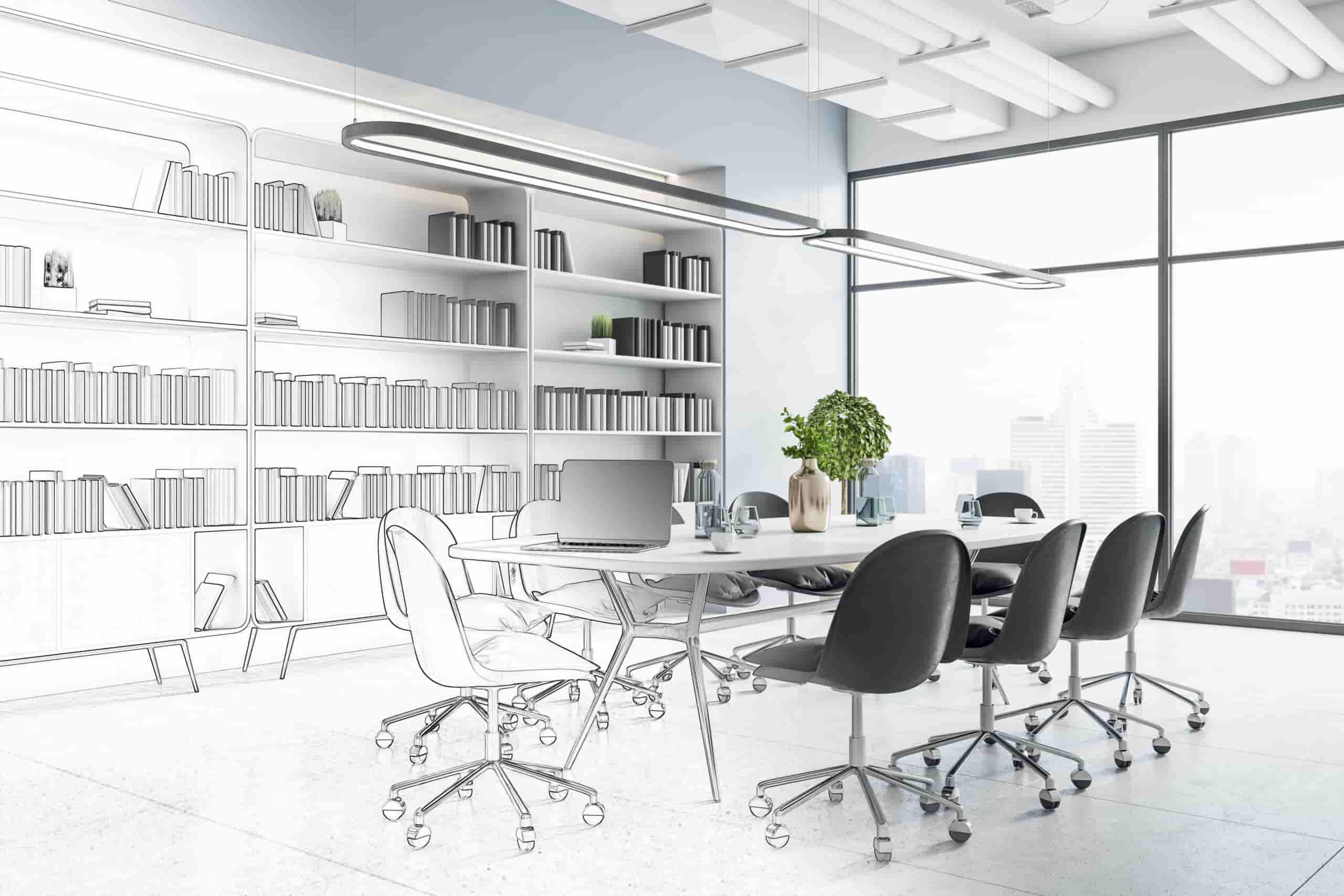Efficiency and cooperation are critical in the building industry. Design and build is one technique that has been increasingly popular in recent years. The design and construction phases of a project are combined using this novel approach, allowing for seamless coordination and improved communication. This blog article will go into the idea of design and build, examining its advantages, distinguishing characteristics, and alternatives to conventional construction techniques.
Defining Design and Build
Design and build, sometimes referred to as design-build or D&B is a project delivery strategy that combines the design and building processes into a single workflow. Design and build approaches combine the architect or designer and the contractor under a single contract, as opposed to conventional methods that divide design and construction into different phases. This cooperative method accelerates the construction process, promotes innovation, and encourages open communication.
The Key Features of Design and Build
- Single Point of Responsibility: With design and build, the design-builder is the sole organization in charge of the project. This organization is in charge of both the design and the construction, establishing a coherent strategy and minimizing conflicts that might occur with more conventional delivery systems.
- Early Collaboration: Early collaboration between the design and construction teams is encouraged by design and build. Contractor participation in the design process allows for the identification and resolution of possible construction issues, reducing the need for later, expensive design revisions and rework.
- Enhanced Communication: The coordination of the project is improved as a result of the integration of the design and construction teams. All stakeholders are kept informed by regular communication and a common set of project objectives, which prevents misunderstandings and delays.
- Streamlined Timeline: Comparing design and build to conventional approaches, there is a chance for quicker project completion. Overlapping tasks are made possible by the concurrent design and construction processes, which reduces wait times and gets rid of any bottlenecks.
Benefits of Design and Build
- Cost Efficiency: Design and build reduce the need for separate companies to negotiate bids by combining the design and construction teams. Through improved cost management, fewer change orders, and more precise planning, this integration eventually saves money for the project owner.
- Time Savings: Projects can be finished faster when they are done with design and build. This approach’s collaborative nature enables the parallel processing of design and construction tasks, reducing the possibility of delays and accelerating the timetable as a whole.
- Improved Quality: The design team can make use of the construction professionals’ experience by involving contractors early in the process. Through this partnership, constructability and practicality are guaranteed to be taken into account right away, resulting in better design ideas and higher-quality final products.
- Mitigated Risks: Risks can be identified and handled more effectively when the design and construction teams collaborate from the beginning of the project. The owner’s exposure to risk and potential legal problems is decreased because the design-builder takes on more responsibility for the project’s outcomes.

Design and Build vs. Traditional Methods
Although design and build have many benefits, it’s important to comprehend how it differs from conventional construction techniques in general. Traditional approaches, like design-bid-build, have the owner enter into separate contracts with different companies for the design and construction, which can lead to coordination issues and potential disputes. Design and build, on the other hand, streamlines the procedure while reducing disagreements and promoting cooperation.
Design and build have become successful ways of delivering projects that improve teamwork, reduce conflicts, and expedite the building process. This method offers numerous advantages by combining the design and building phases, such as cost savings, enhanced quality, and fewer hazards. Design and build represent promising option for profitable and effective project execution as the construction industry continues to change.
